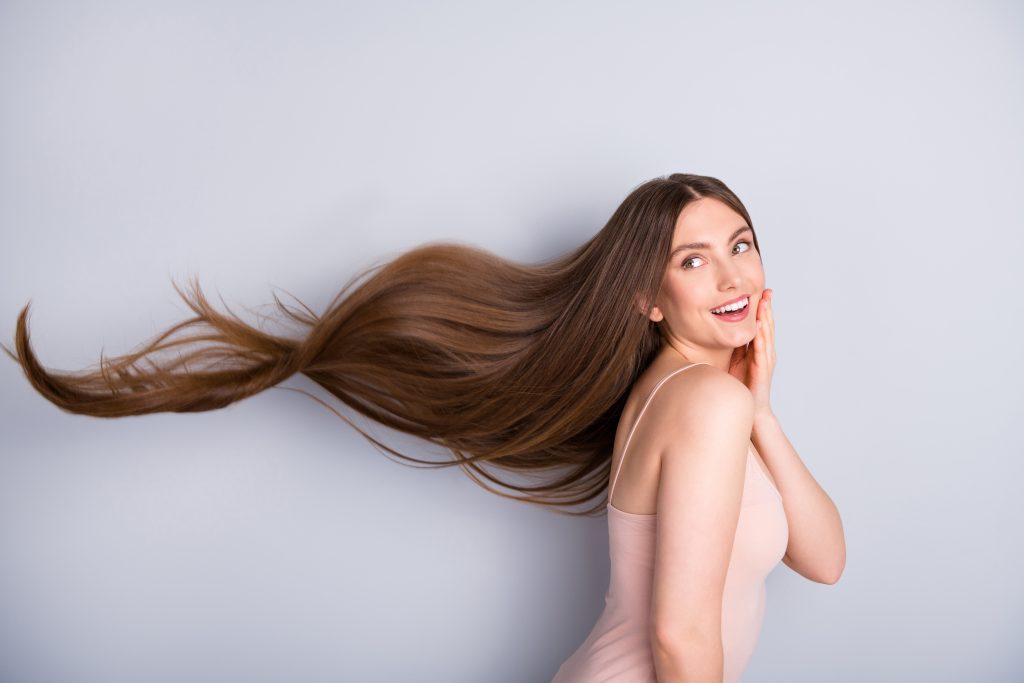Why Does My Hair Hurt?
Experiencing discomfort in your hair and scalp is not a figment of your imagination—hair pain is a real phenomenon, as confirmed by medical professionals. Although generally benign, addressing the discomfort requires identifying the root cause. Experts shed light on why hair might hurt, and scalps feel sore, offering insights into possible solutions.

Hair pain originates in the scalp, creating a sensation that your hair hurts right at the roots. Dr. Debra Jaliman, a board-certified dermatologist in New York City, explains that inflammation from blood vessels in the scalp can flood nerves in the hair follicles, causing them to ache. This inflammation can be attributed to various factors, including tight hairstyles, product buildup, overwashing, frequent hair coloring, and migraines.

When worn frequently, tight hairstyles lead to hair pain by pulling and damaging follicles, leading to hair pain. Product buildup, especially from overusing dry shampoo, can cause residue to accumulate in follicles, fostering inflammation and pain. Overwashing disrupts the scalp’s pH balance, potentially leading to dryness and conditions like seborrheic dermatitis. Furthermore, frequent hair coloring may contribute to hair pain, with Dr. Jaliman sharing her experience of developing intolerance and pain during color touch-ups. Lastly, migraines, particularly those accompanied by allodynia—a phenomenon where non-painful stimuli become painful—can result in a sore scalp.
Addressing hair and scalp pain involves understanding its causes. Dr. Jaliman recommends avoiding tight hairstyles and opting for soft cloth hair ties. For those experiencing pain due to product buildup, using dry shampoo moderately and ensuring proper application can prevent bacterial growth. Overwashing can be mitigated by using a gentle baby shampoo. Individuals with sensitivity to hair coloring may explore pH adjustments in dyes. In the case of migraines, seeking the expertise of a headache specialist is advisable for tailored treatments.

Give your hair a break whenever possible to relieve hair and scalp pain. This includes avoiding tight styles, refraining from frequent hair coloring, and even taking brief breaks from shampooing. Dr. Jaliman emphasizes the importance of understanding the causes and adapting your hair care routine accordingly, ensuring a balance between style, cleanliness, and overall scalp health.
